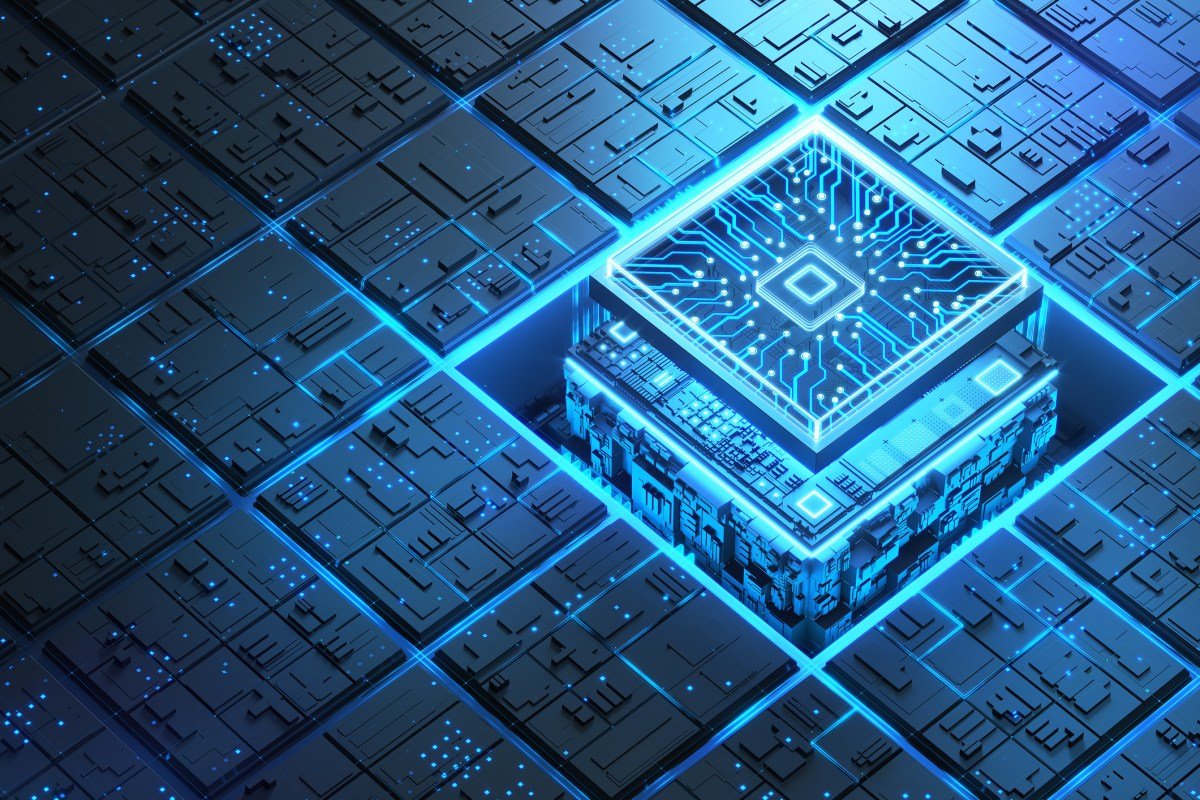The Rise of Conversational AI: Unlocking a $50 Billion Market by 2031
Since the launch of ChatGPT in November 2022, the conversational AI market has experienced explosive growth. Experts predict it will evolve into a nearly $50 billion global industry by 2031, as reported by MarketsAndMarkets.
Innovations from Synthflow AI: Leading the Way in Enterprise Solutions
Synthflow AI is positioned as a standout player in this evolving landscape, focusing on enterprise-grade solutions that are easy to deploy.
Berlin’s Synthflow: A No-Code Solution for Custom Voice AI
Based in Berlin, Synthflow is a no-code platform enabling businesses to create and implement customized white-labeled voice AI customer service agents. Launched in 2023, the startup has already secured over 1,000 customers and facilitated more than 45 million calls.
Compliant and Integrative: Meeting Industry Standards
Synthflow’s voice agents are designed to be compliant with both HIPAA and GDPR regulations and can seamlessly integrate with more than 200 enterprise platforms, including Salesforce, Twilio, and HubSpot, among others.
The Founders’ Journey: Building on the Power of Real-Time Voice AI
Co-founders Hakob Astabatsyan (CEO), Albert Astabatsyan (CPO), and Sassun Mirzakhan-Saky (CTO) initially experimented with OpenAI’s ChatGPT API in early 2023. They began with a text-based AI bot but quickly pivoted to voice due to the complexities involved.
Embracing the Challenge: The Complexity of Voice AI
“We realized, oh my god, voice is really complicated,” Astabatsyan explained. “Handling real-time AI speech with minimal latency and managing interruptions proved to be a complex task. We became passionate about tackling these challenges, focusing solely on voice bots.”
Rapid Growth and High Retention: A Promising Trajectory
Synthflow spent the remainder of 2023 refining its product, launching its initial version in early 2024, followed by an enterprise-grade iteration later that year. The company experienced a staggering 15x growth last year, boasting over 90% retention among enterprise clients.
Impressive Call Volume: A Sign of Increasing Demand
“We now process 5 million calls monthly,” Astabatsyan reported. “This is a massive increase from just 1 or 2 million calls last year, highlighting our rapid growth and improvement.”
Funding Success: Fueling Expansion and Development
Recently, Synthflow secured a $20 million Series A funding round, led by Accel, with participation from existing investors Atlantic Labs and Singular. Astabatsyan stated that these funds will be used to expand the team, enhance research and development, and establish its first U.S. office in a location yet to be determined.
Accel’s Endorsement: Confidence in Synthflow’s Vision
Luca Bocchio, a partner at Accel, shared that his team had been closely monitoring Synthflow since its inception. He praised the founders’ drive and their commitment to building enterprise-friendly integrations.
The Competitive Landscape of Conversational AI
Despite Synthflow’s impressive trajectory, the conversational AI sector is highly competitive, with other notable players like Sierra raising $285 million and Bland AI attracting over $50 million in venture funding.
Looking Ahead: Synthflow’s Strategic Direction in AI
“AI is evolving rapidly, often more quickly than anticipated,” Astabatsyan reflected. “We are in a post-product-market-fit stage, with a clear understanding of our customers, product roadmap, and long-term goals for the next three to five years.”
Here are five FAQs about how Synthflow AI is making an impact in the crowded AI voice category:
FAQ 1: What is Synthflow AI?
Answer: Synthflow AI is an innovative platform that specializes in generating high-quality, natural-sounding voice outputs. It utilizes advanced machine learning algorithms to deliver realistic voice synthesis, allowing users to create engaging audio content across various applications, from podcasts to virtual assistants.
FAQ 2: How does Synthflow AI differentiate itself from other AI voice technologies?
Answer: Synthflow AI stands out by focusing on delivering superior voice quality, nuanced emotions, and a wide variety of customizable voice profiles. Unlike many competitors, Synthflow emphasizes user-friendly interfaces and robust integration options, making it easier for creators and developers to implement their technology into existing workflows.
FAQ 3: What industries can benefit from using Synthflow AI?
Answer: Synthflow AI can benefit a wide array of industries, including entertainment, e-learning, video production, gaming, and customer service. By providing realistic voice synthesis, it enhances storytelling, improves user engagement, and streamlines communication processes.
FAQ 4: Is Synthflow AI easy to integrate into existing systems?
Answer: Yes! Synthflow AI is designed with flexibility in mind. It offers comprehensive APIs and plugins that can be easily integrated into various platforms and applications, allowing businesses to leverage AI voice technology without extensive technical resources.
FAQ 5: What future developments can we expect from Synthflow AI?
Answer: Synthflow AI is constantly evolving, with plans to enhance its voice personalization features, expand language support, and improve emotional expression in voice outputs. The team is also focusing on incorporating user feedback to refine their services and address the needs of various industries effectively.








